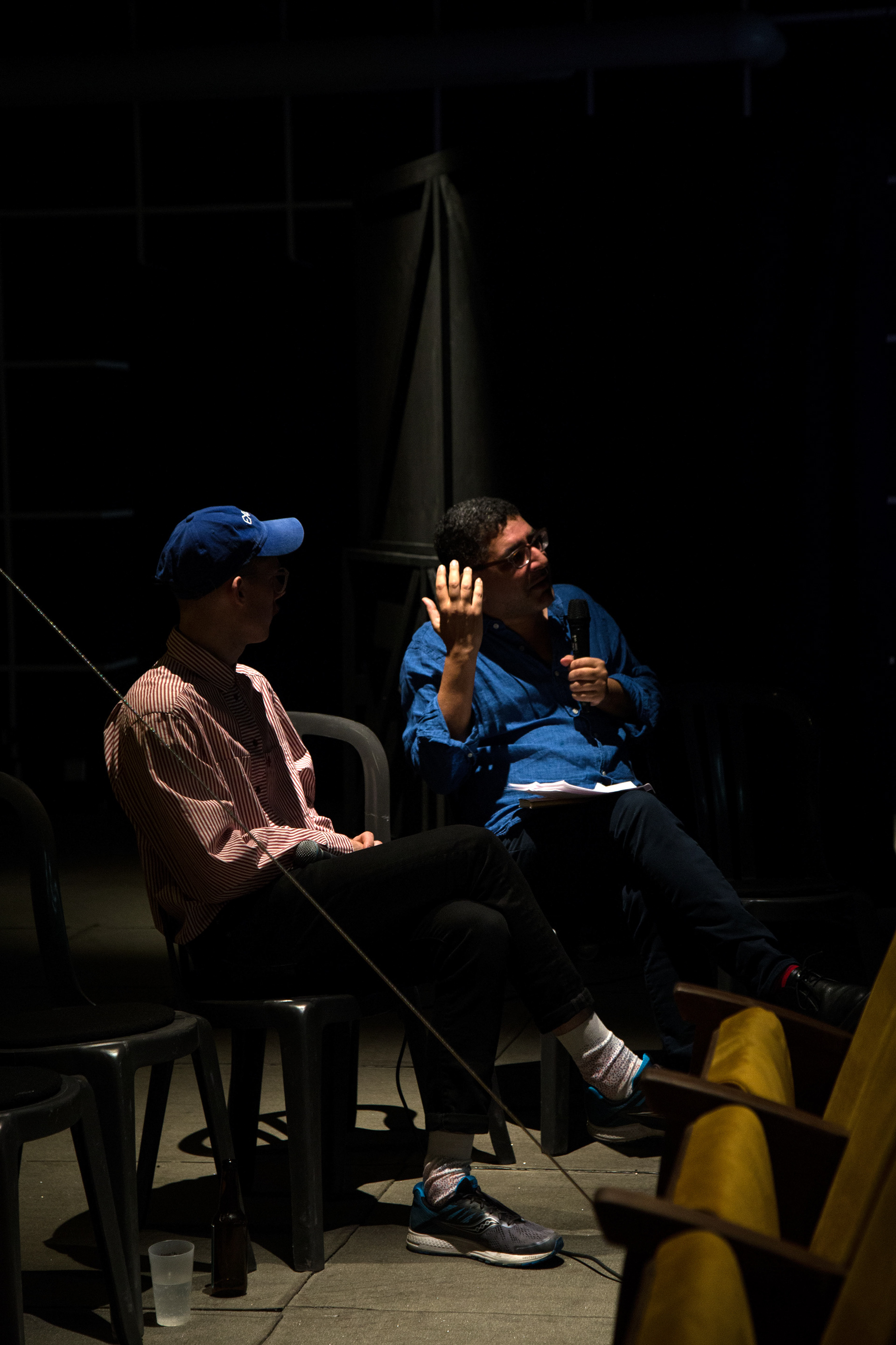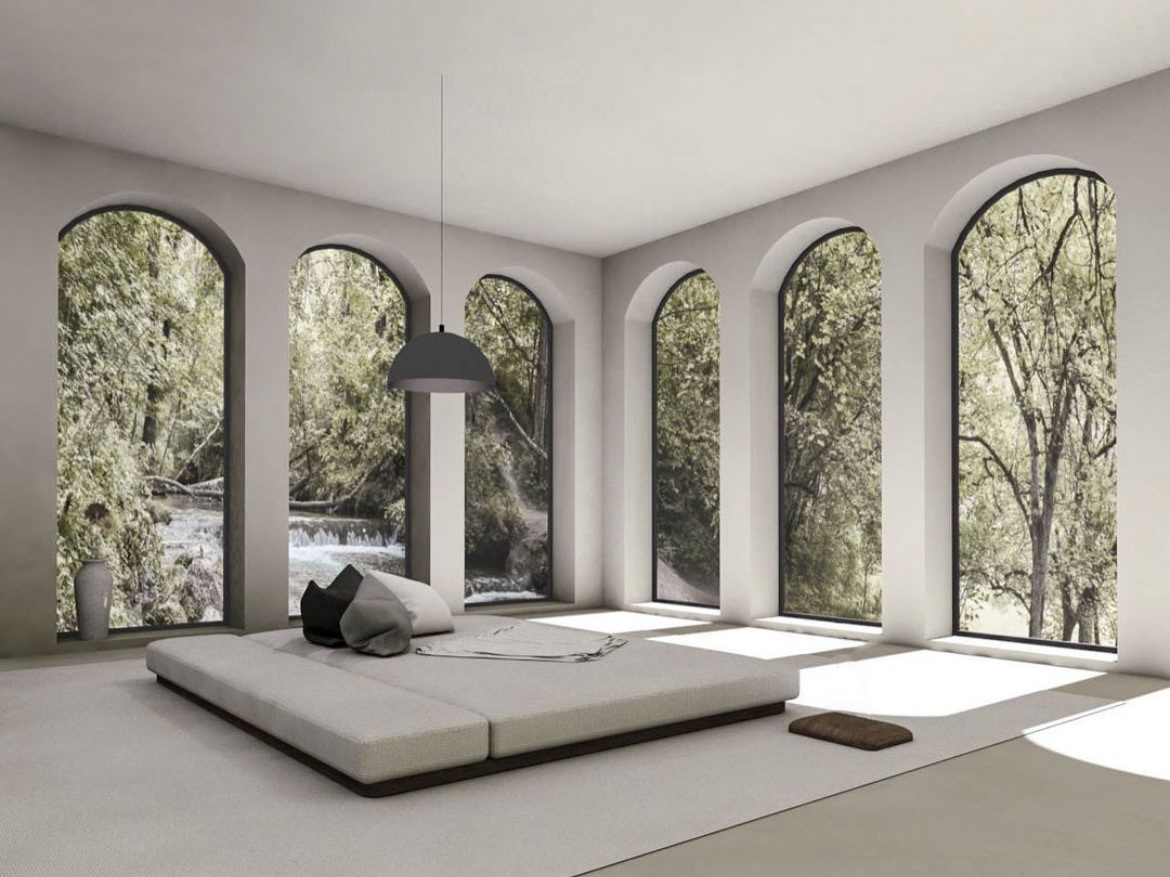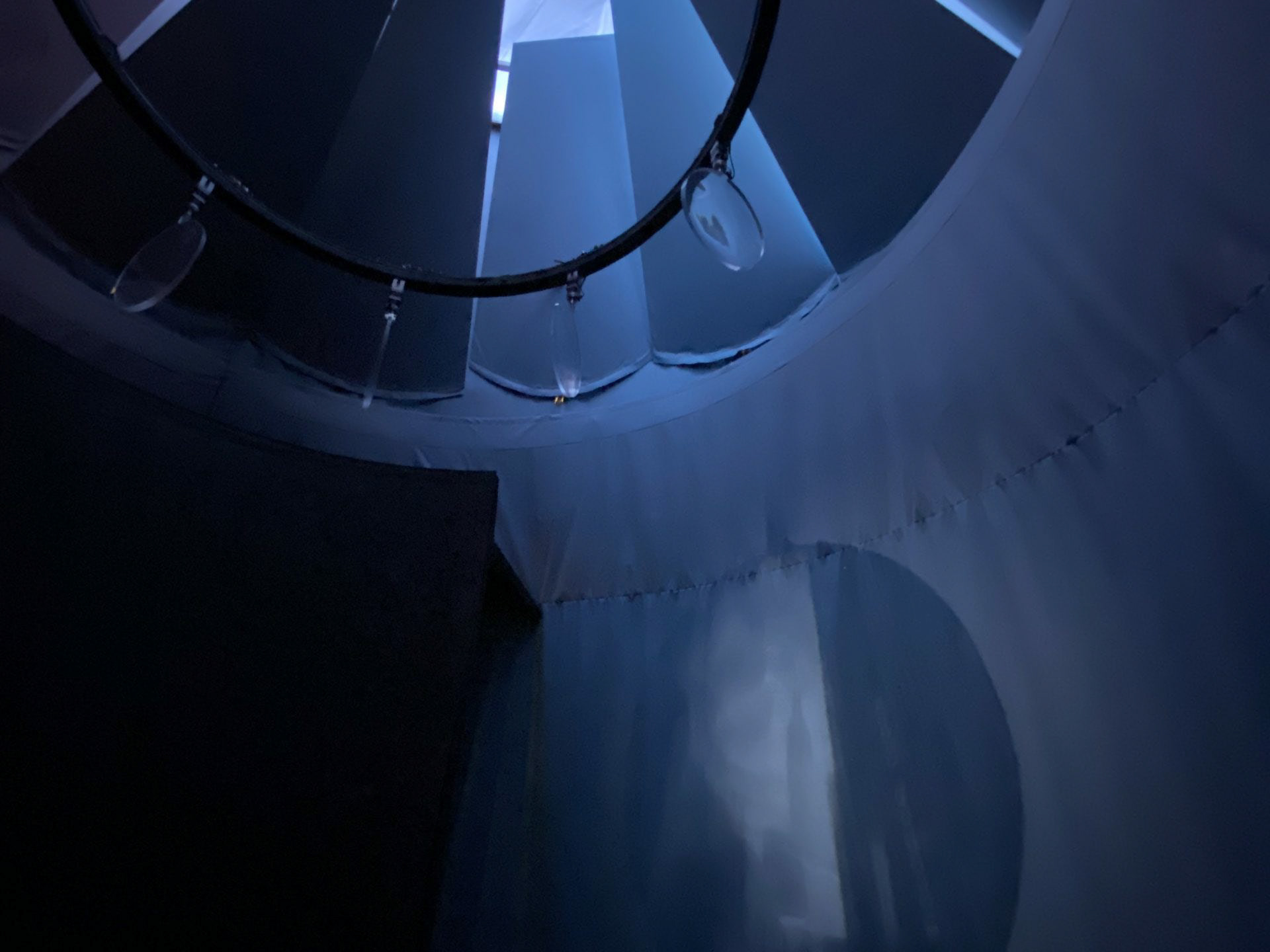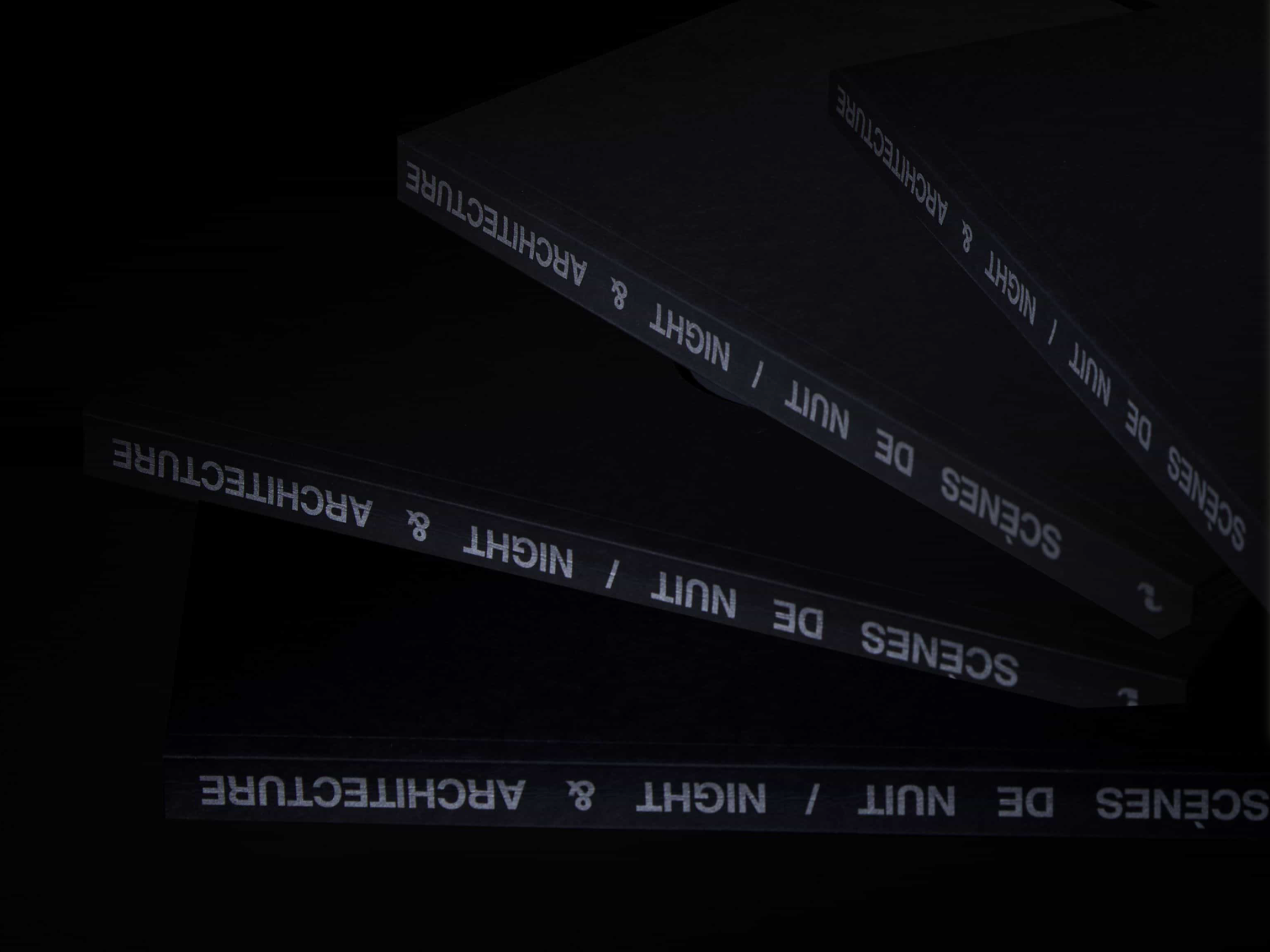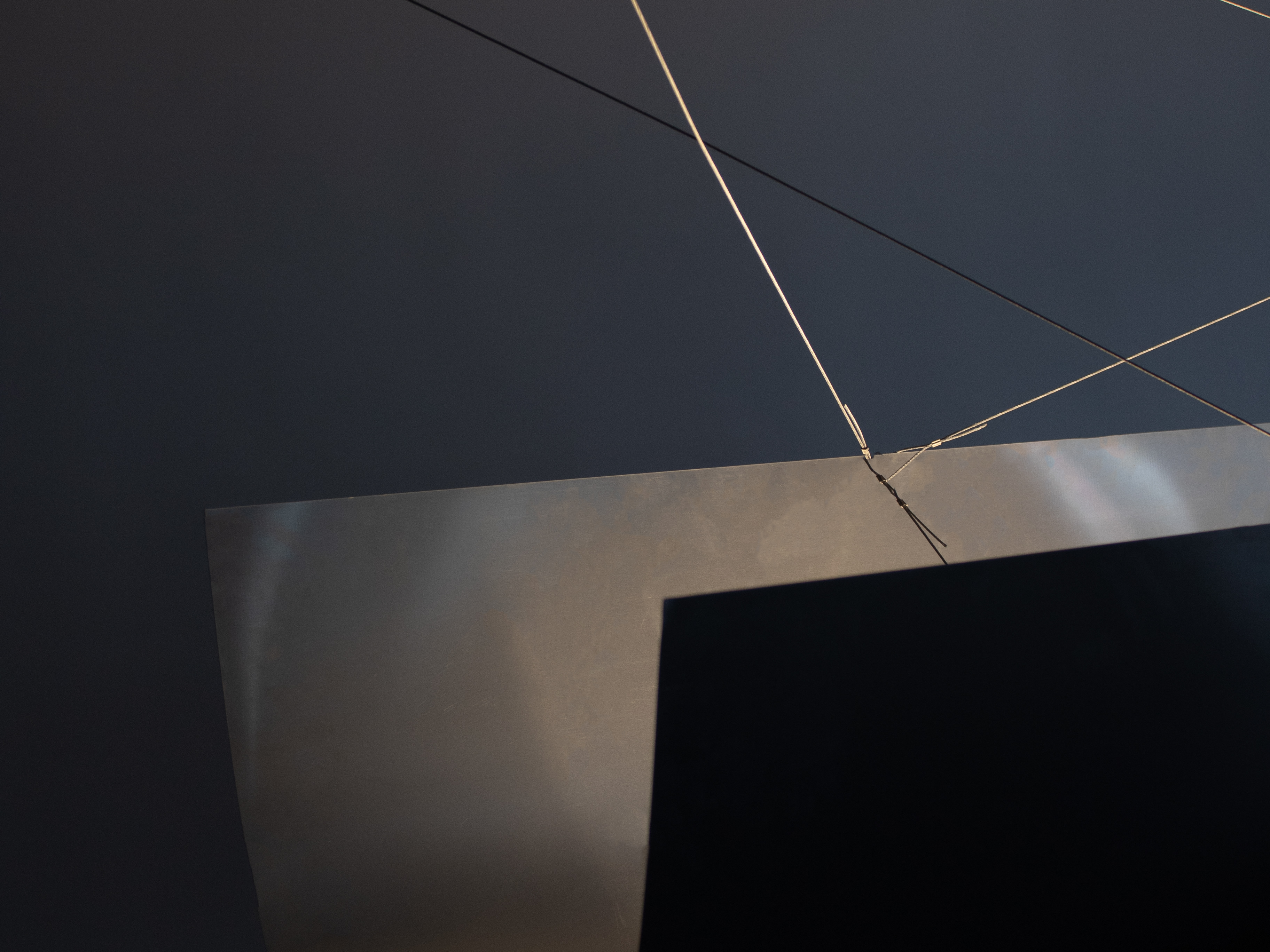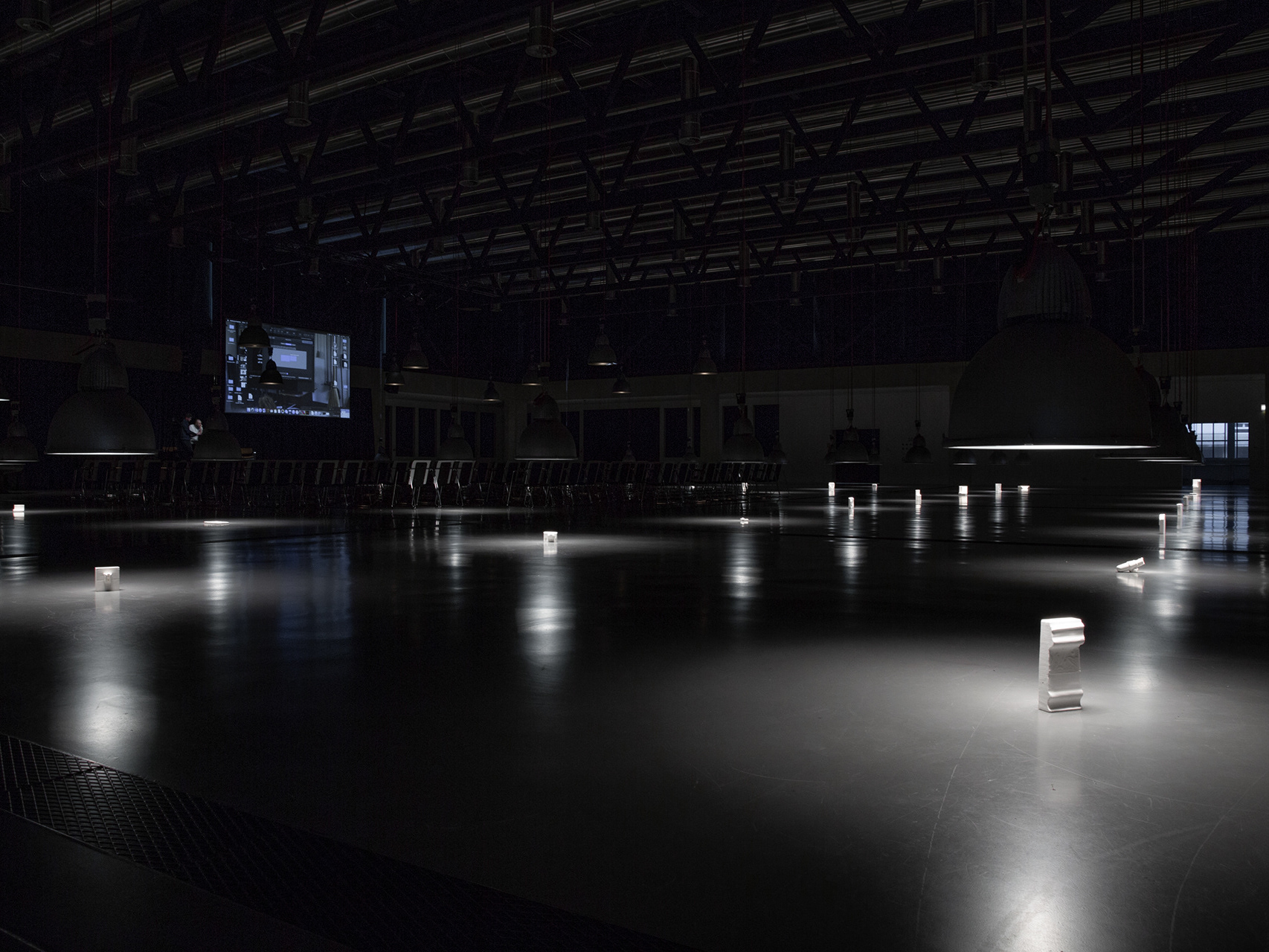Studio/tutors : Youri Kravtchenko
HEAD assistants : Manon Portera
Other students : Rui-Filipe Bernardes Da Silva, Alizé Fassier, Clémence Lablancherie, Gaïane Legendre
* conducted together with students of HEAD-Genève’s Bachelor in Interior Architecture
SCÈNES DE NUIT explores the role of night in the construction of contemporary cities and societies, illustrating how architectural theory and critique are still associated with sunlight and diurnal paradigms. The exhibition seeks to examine and reflect upon the spaces, activities and media deployed in night culture, using evening events and ephemeral scenography as its main display platform.
The five venues SHOP, FILM, CITY, CLUB and FOOD recreate spaces generating practices and night-time rituals on the topics of consumption, film, street, party and food culture, becoming experimental laboratories to focus on and question the relationship between architecture and night. Scènes de Nuit attempts to understand nocturnal spatial phenomena through performative lectures, discussions, walks, meals and screenings.
– HEAD Genève / SCÈNES DE NUIT. Nocturnal Exhibition at f’ar Lausanne.
© HEAD – Genève, Baptiste Coulon
The Corner Shop may arguably be the ultimate night-time institution. Typically open when other shops are closed, its cheap disruption of the circadian rhythm was explored by proposing a spatial immersion into a reconstructed replica, where sociologist Sukhdev Sandhu and artist Martin Kohout discussed their vision of nocturnal working conditions.
© Raphaëlle Marzolf – Axonometric perspective
© HEAD – Genève, Baptiste Coulon
SHOP was a life-sized replica of a corner shop façade, entirely made of paper. Designed as an optical illusion, it concealed the entrance to the exhibition, creating a threshold between the real world of retail and the experimental world of the night.
The installation was inspired by consumer culture and retail architecture, using optical illusions to challenge how spaces influence our behaviour and perceptions. Drawing from theorists like Jean Baudrillard, SHOP questioned how consumption is not just about acquiring goods but about participating in rituals embedded with social meaning.
SHOP subverted typical retail designs, showing how architecture and display are not only tools for selling but also for shaping social norms. The façade itself, though fragile and made of paper, symbolized the transient nature of consumption spaces, where illusion often replaces reality.
This installation was more than just a visual display; it engaged visitors through guided tours, performative gestures, and sound, encouraging reflection on how we relate to spaces, objects, and rituals at night. It invited visitors to reconsider the shop as a nocturnal space, blending commercial and personal elements, and exploring how architecture and consumption are intertwined in shaping identity and social engagement.
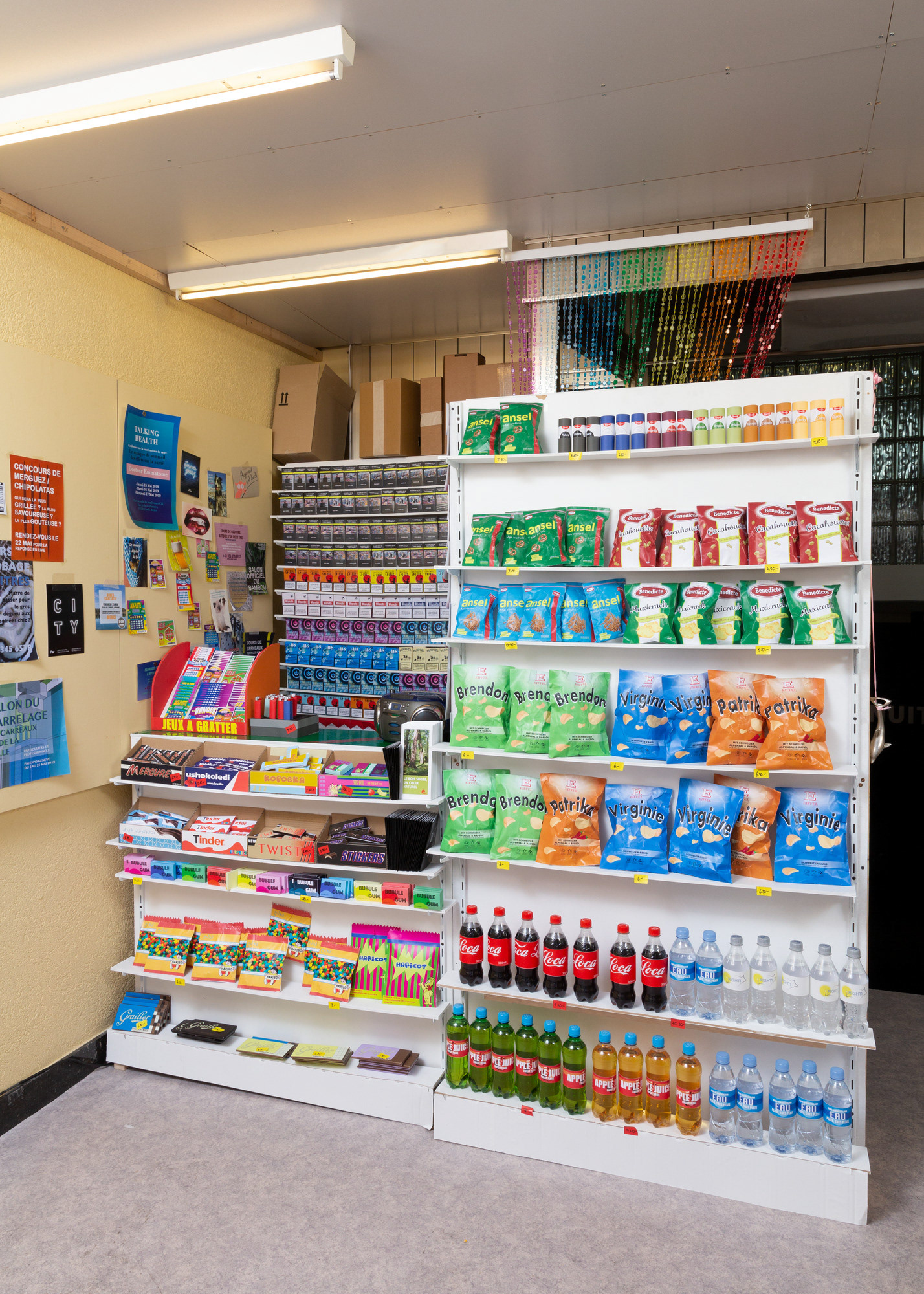
© HEAD – Genève, Baptiste Coulon

© HEAD – Genève, Baptiste Coulon
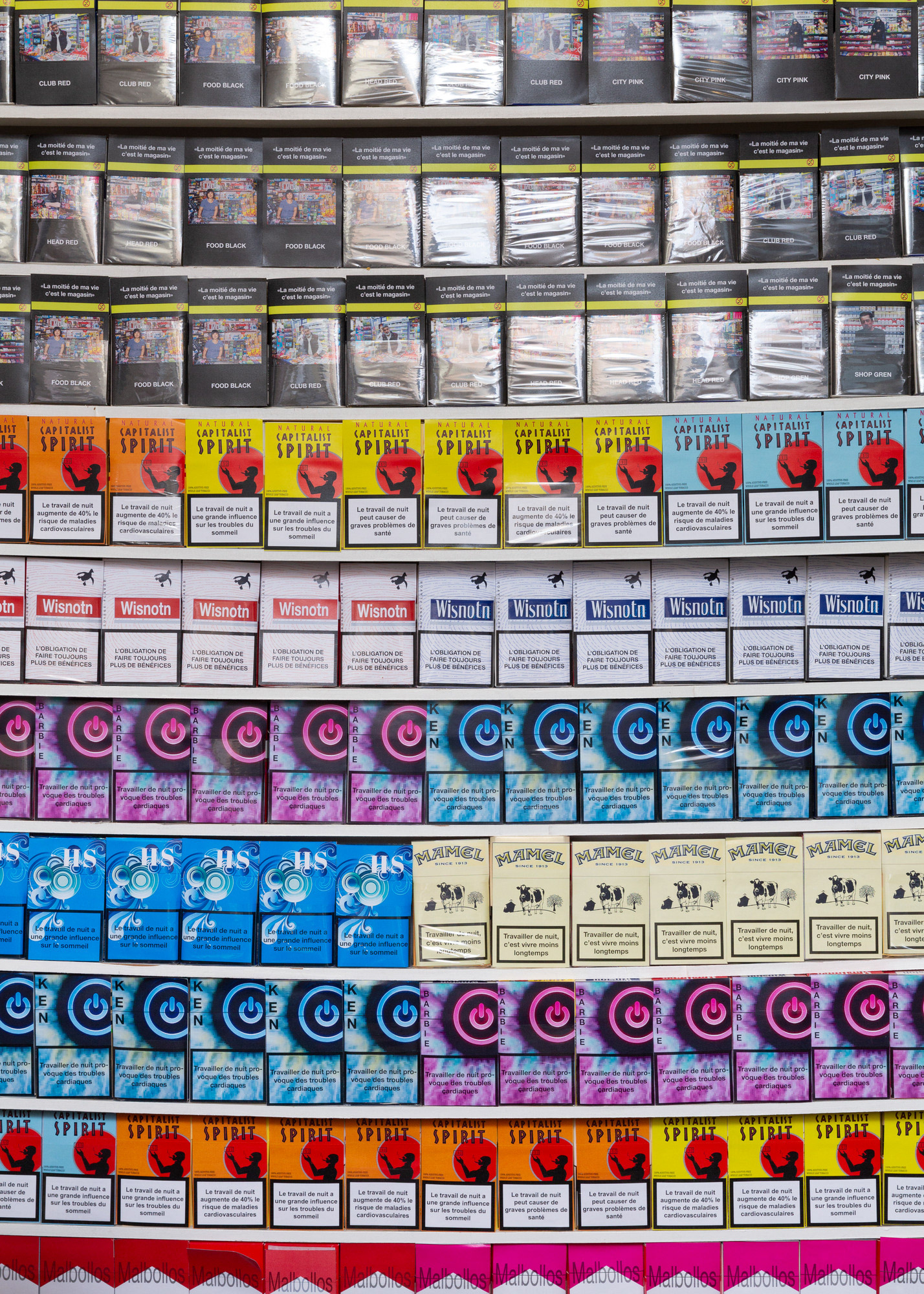
© HEAD – Genève, Baptiste Coulon

© HEAD – Genève, Baptiste Coulon
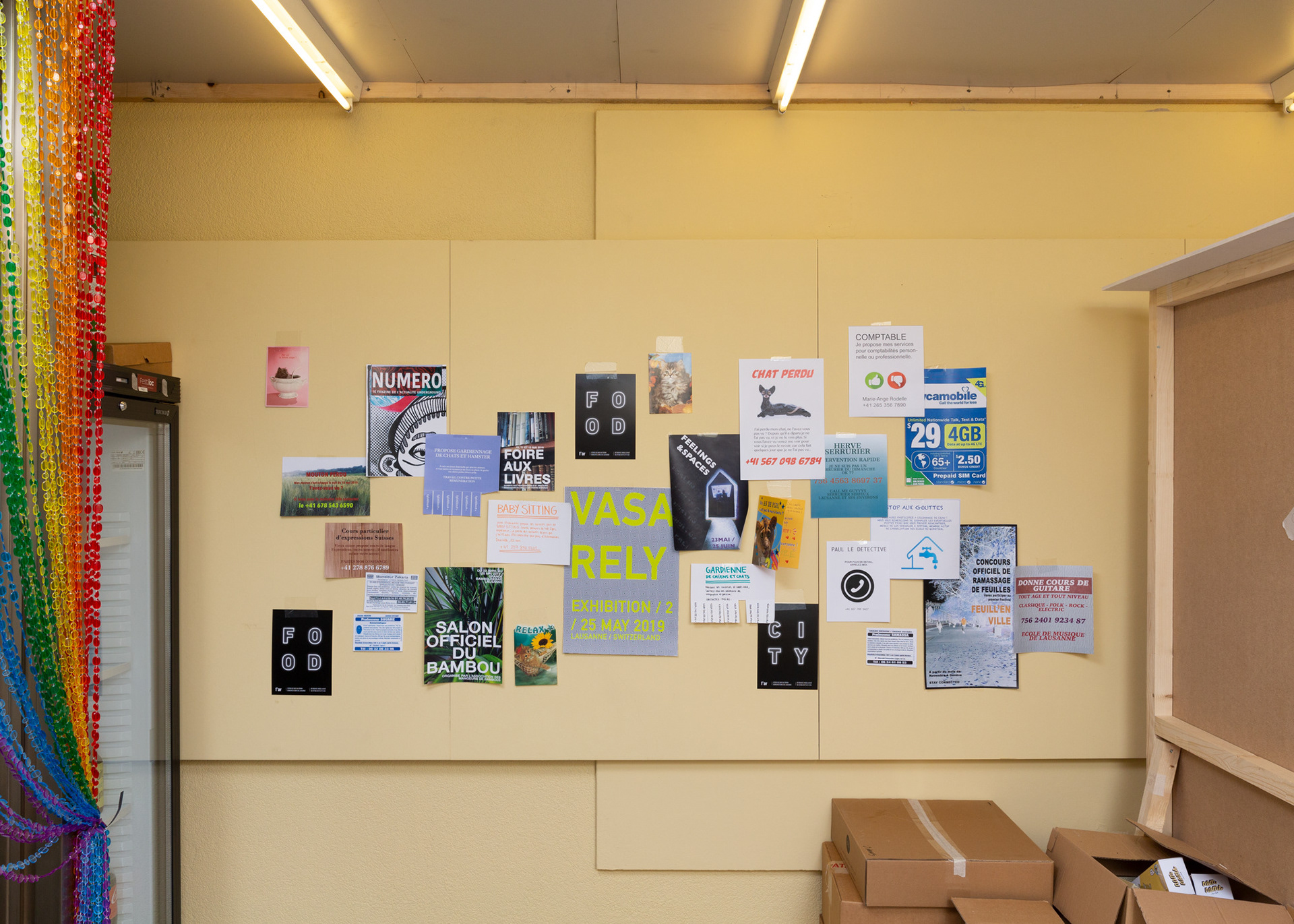
© HEAD – Genève, Baptiste Coulon
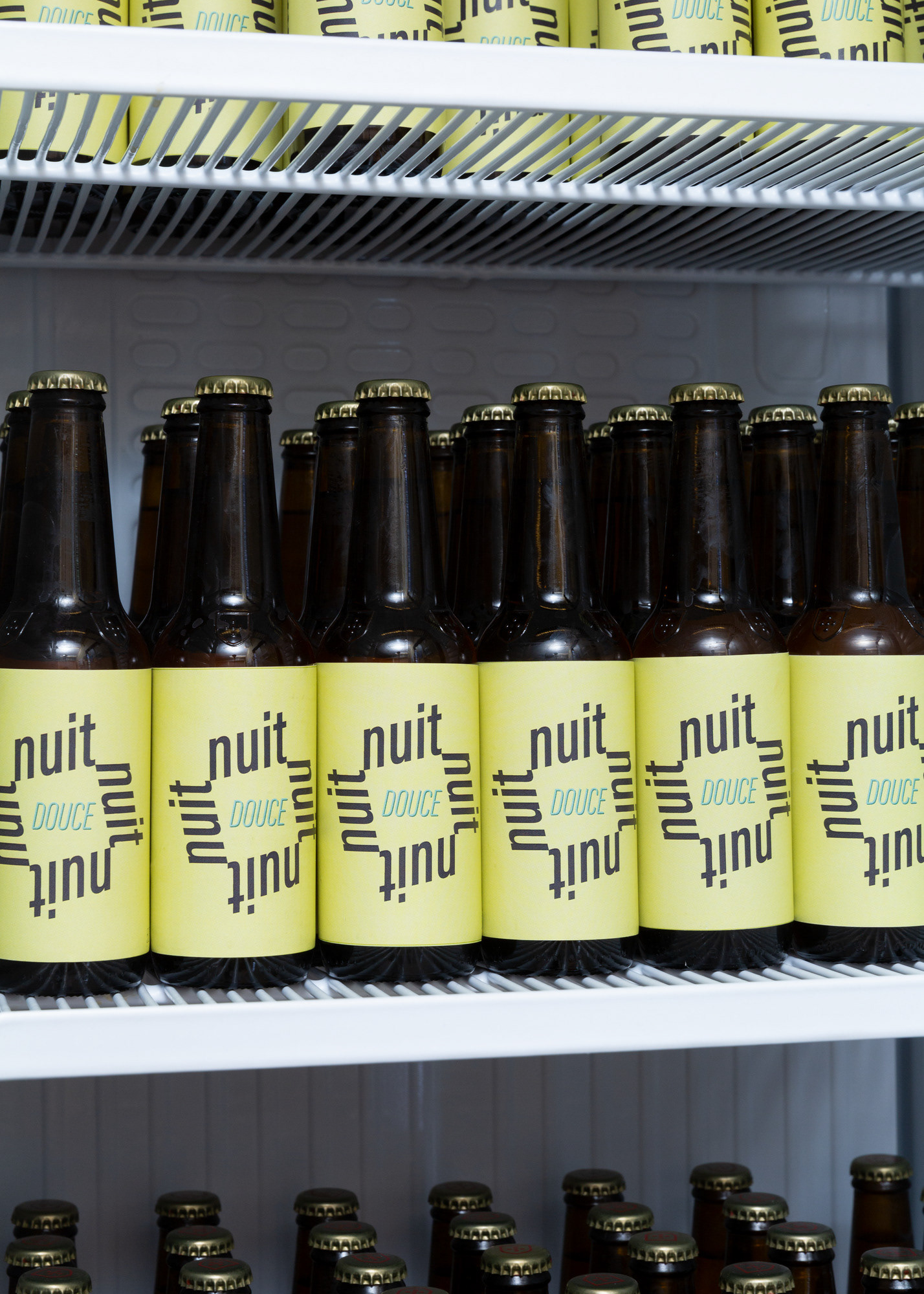
© HEAD – Genève, Baptiste Coulon
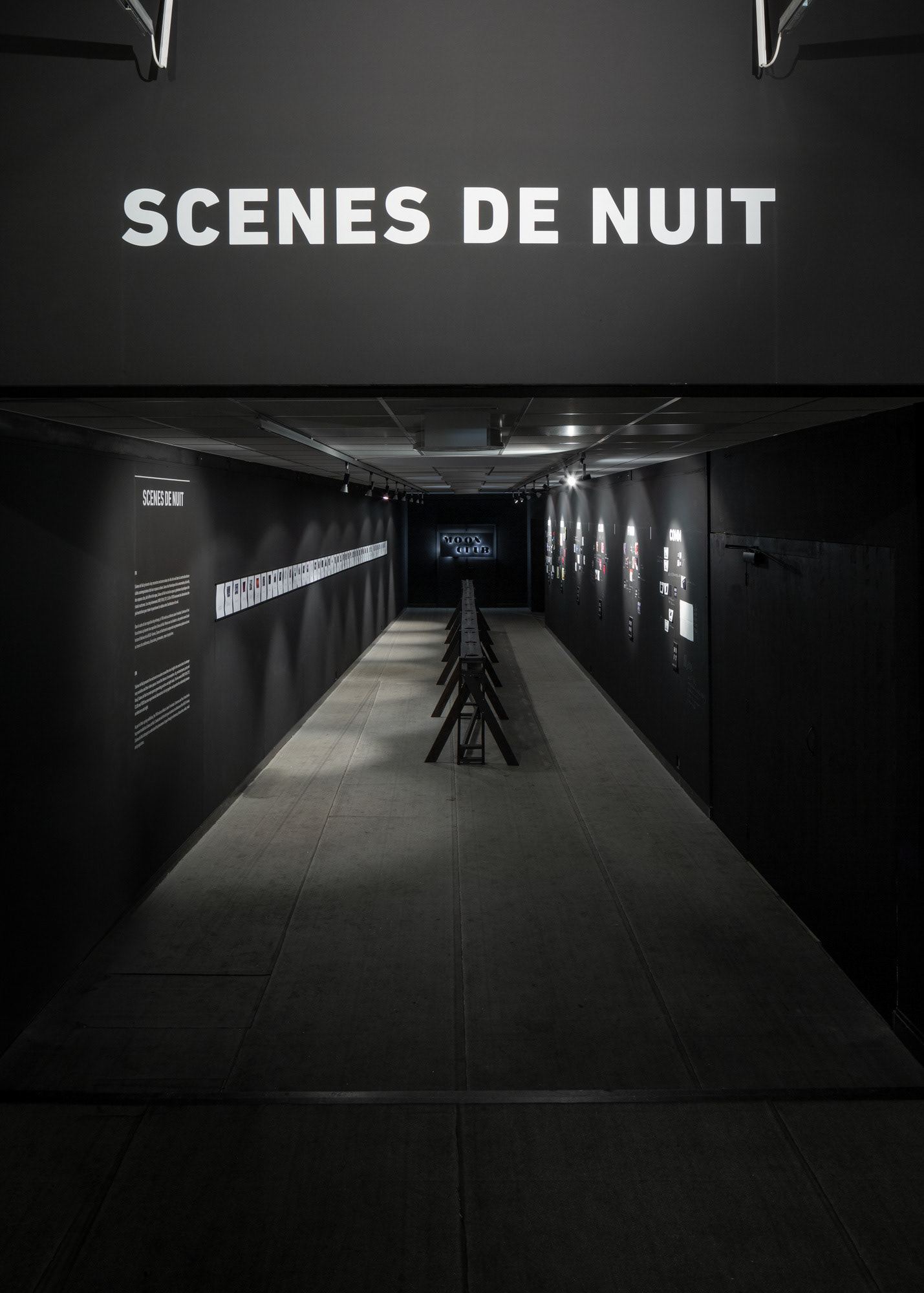
© HEAD – Genève, Baptiste Coulon
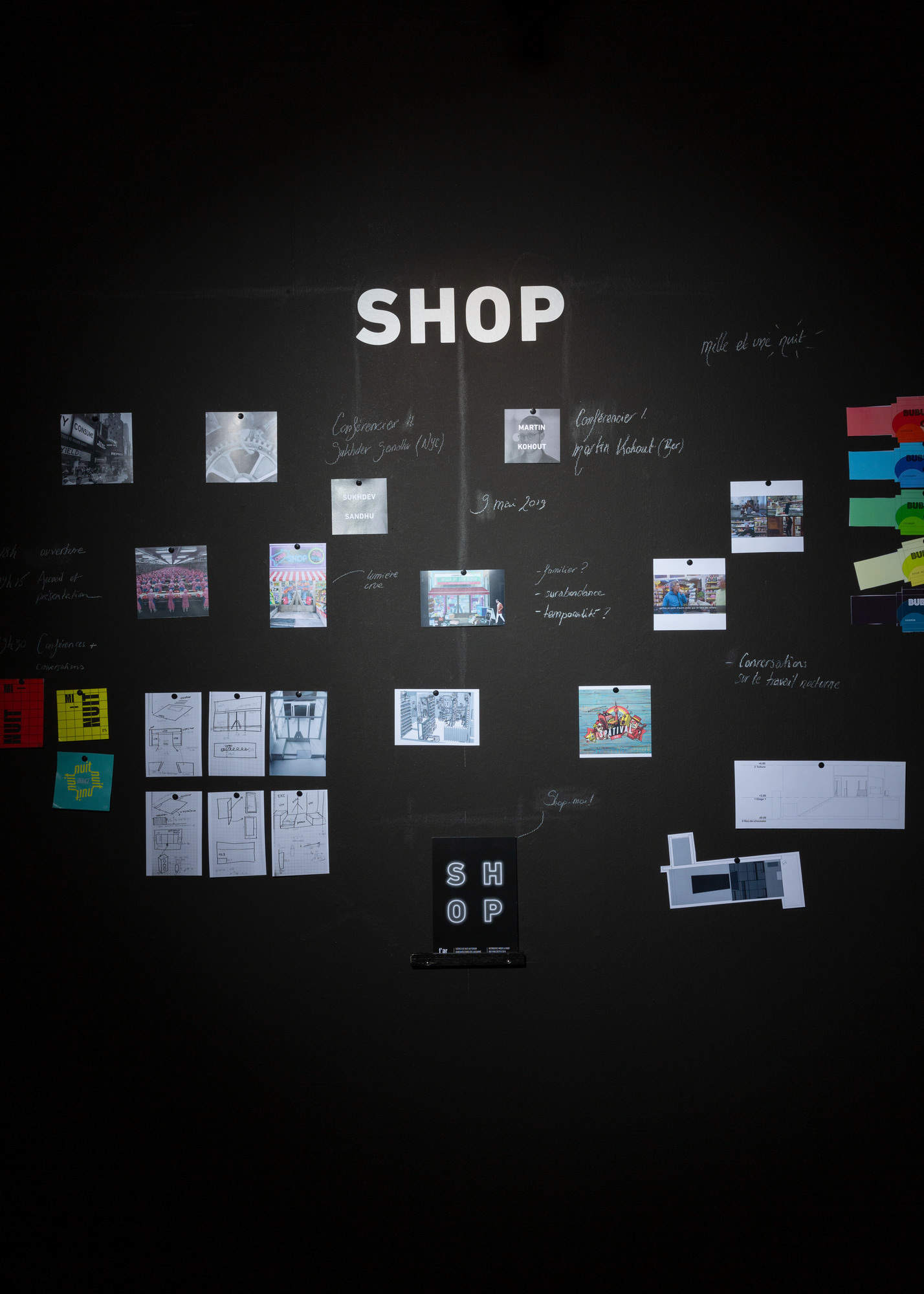
© HEAD – Genève, Baptiste Coulon
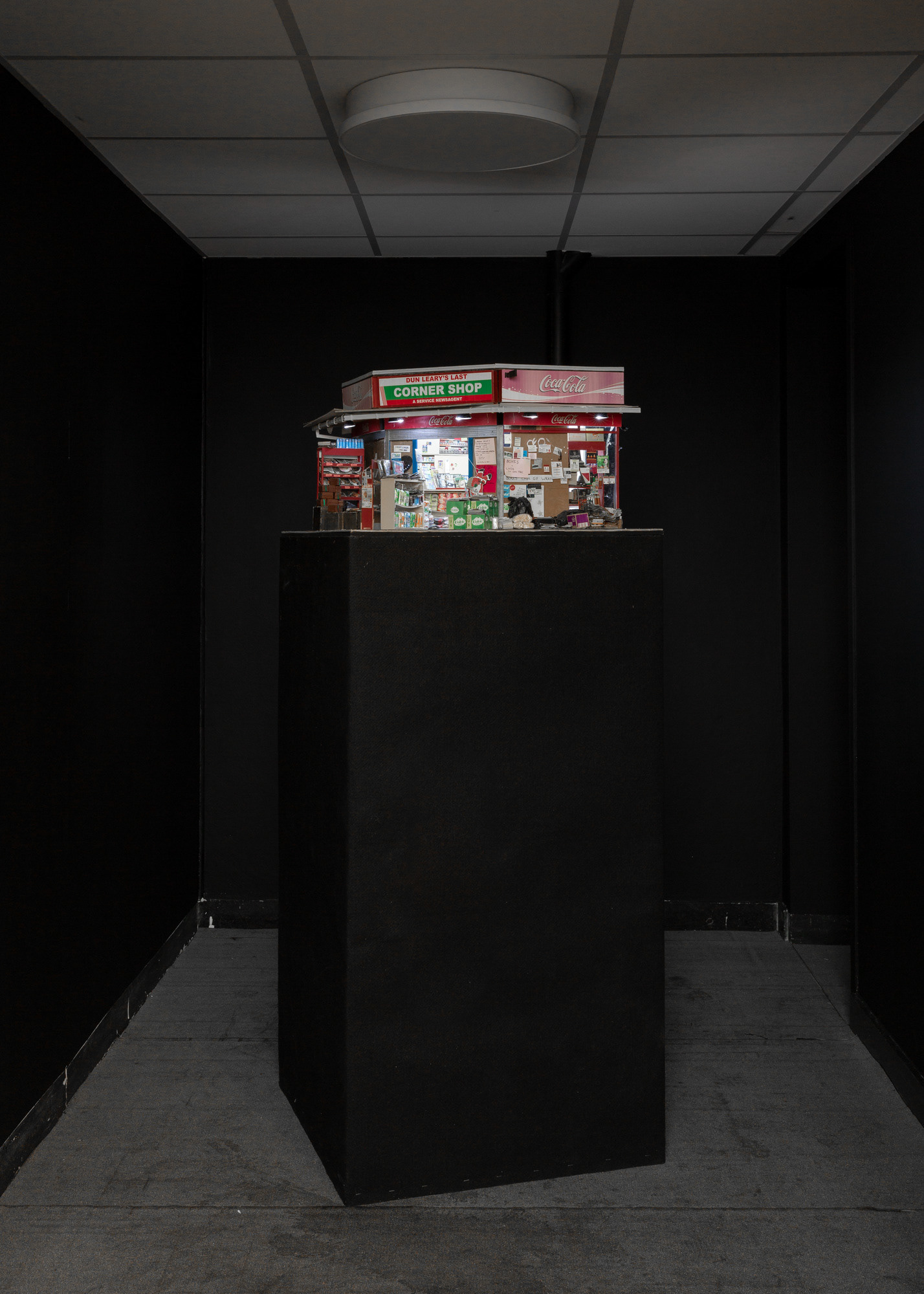
© HEAD – Genève, Baptiste Coulon

© HEAD – Genève, Baptiste Coulon

© HEAD – Genève, Jerlyn Heinzen
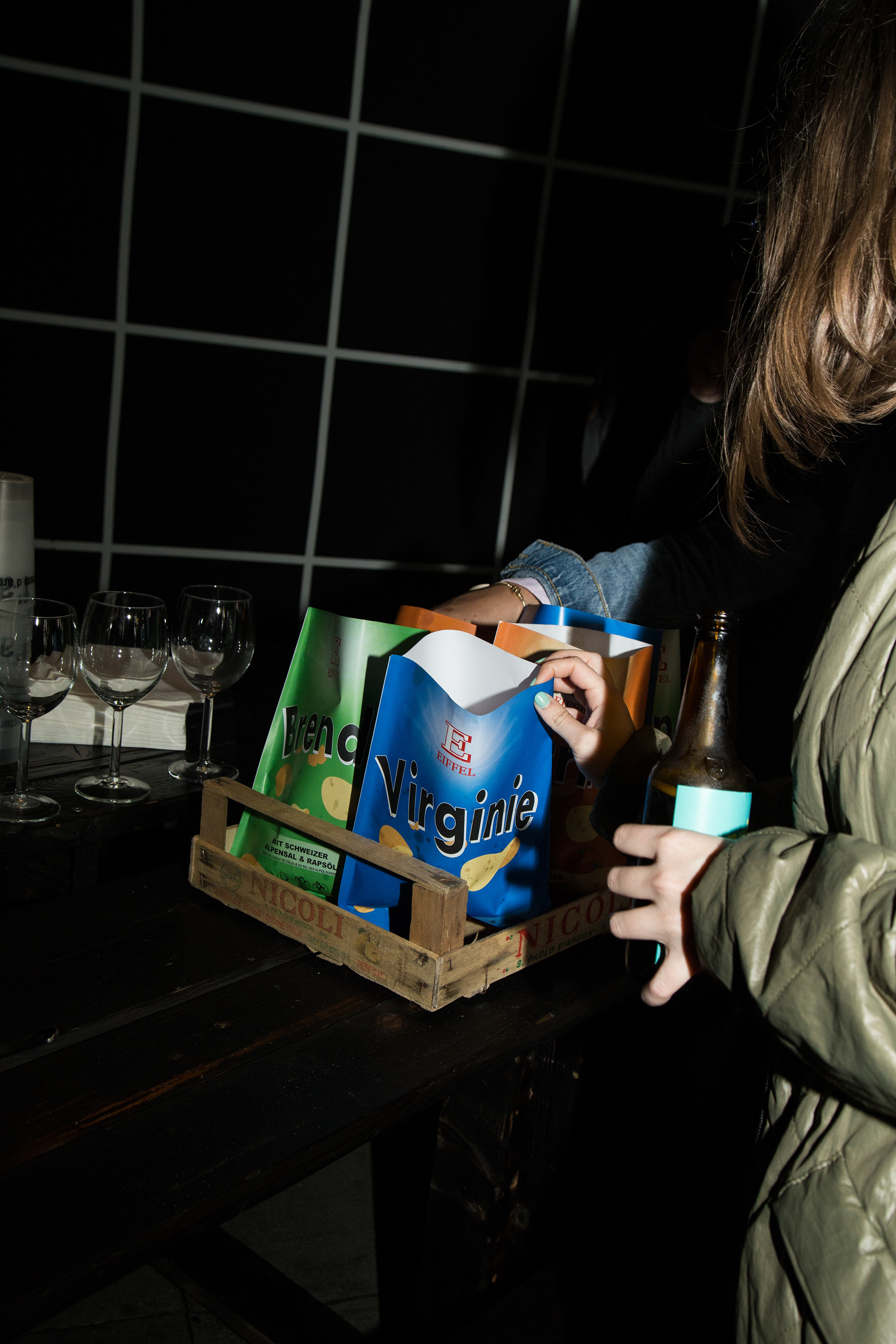
© HEAD – Genève, Jerlyn Heinzen

© HEAD – Genève, Jerlyn Heinzen
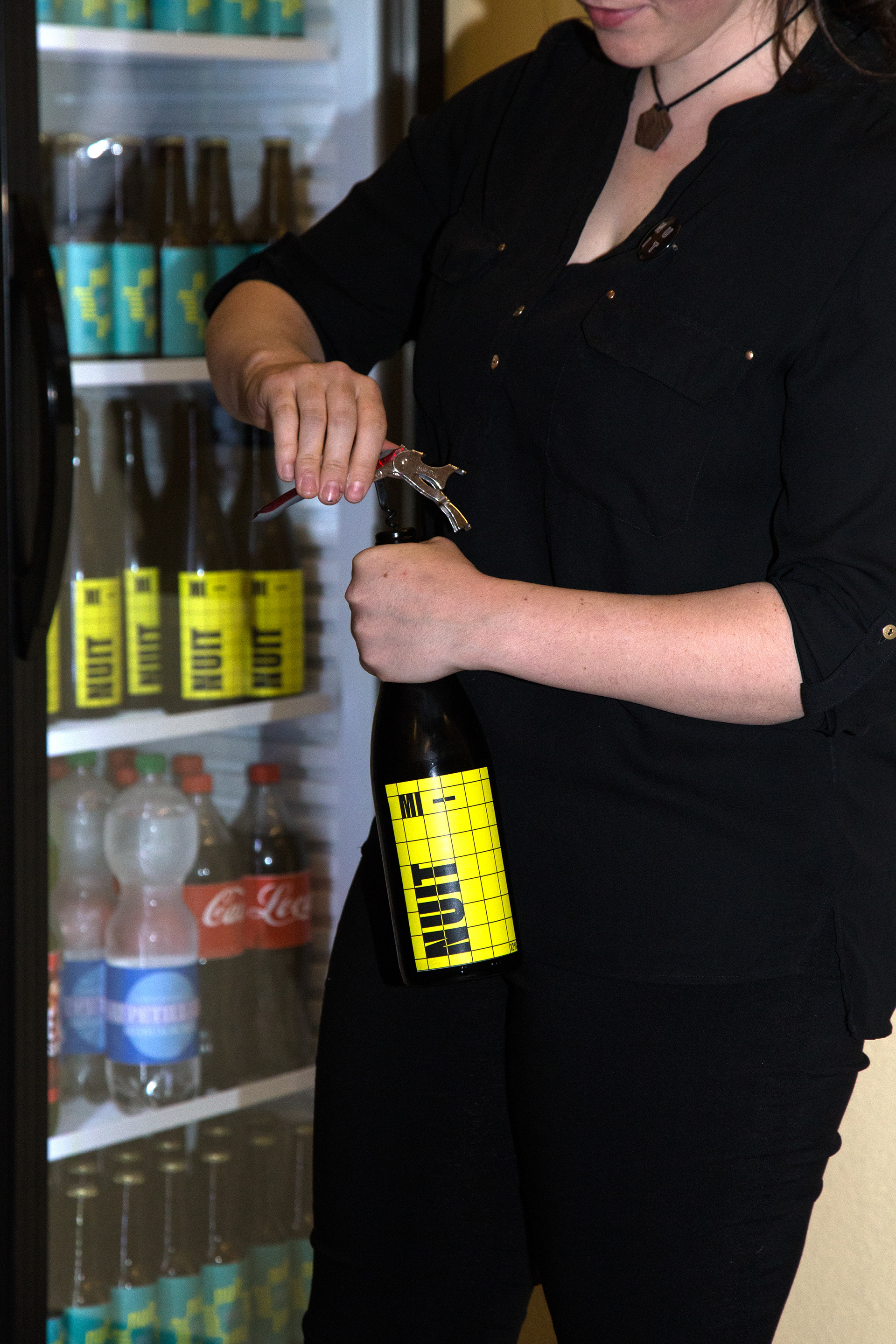
© HEAD – Genève, Jerlyn Heinzen
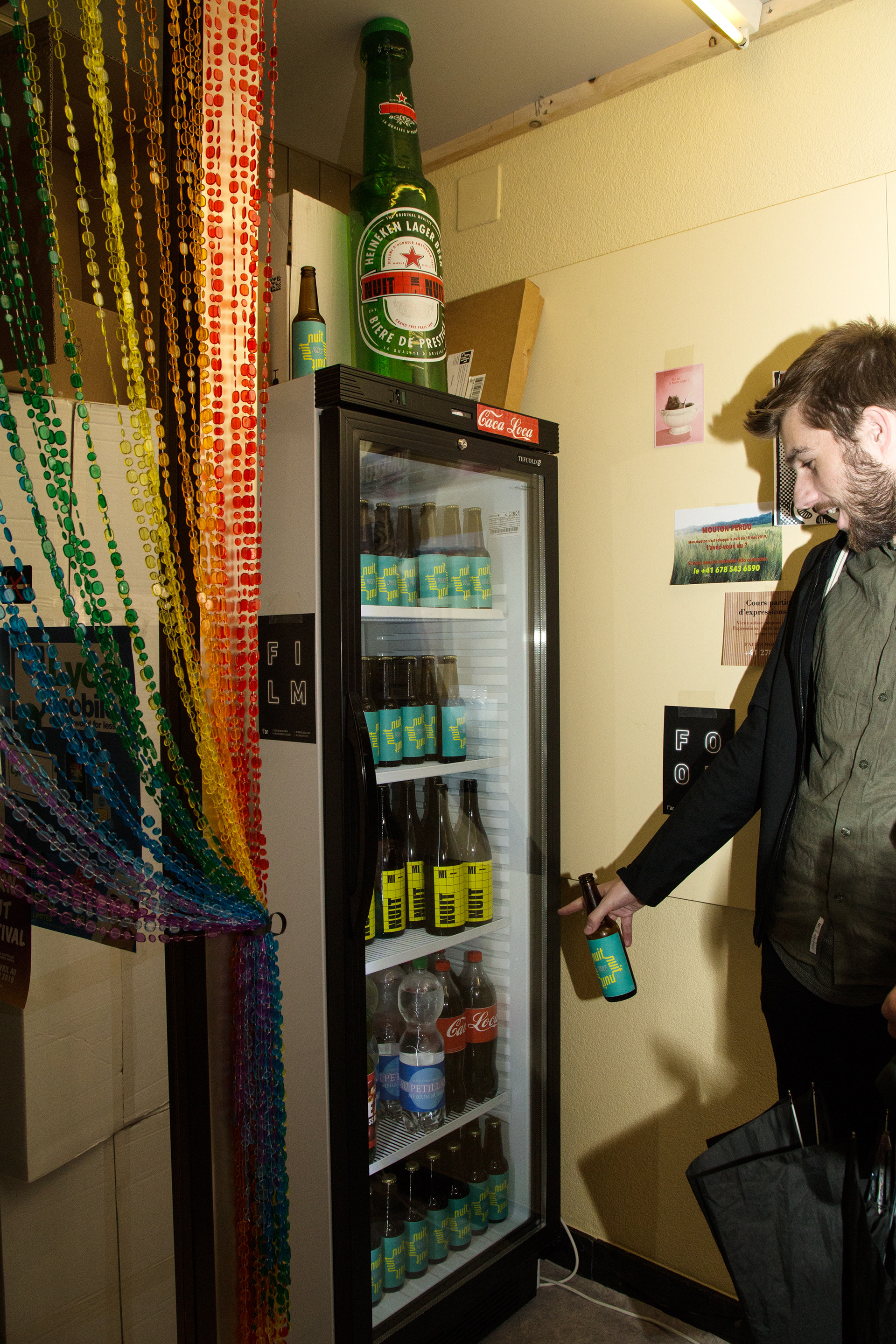
© HEAD – Genève, Jerlyn Heinzen
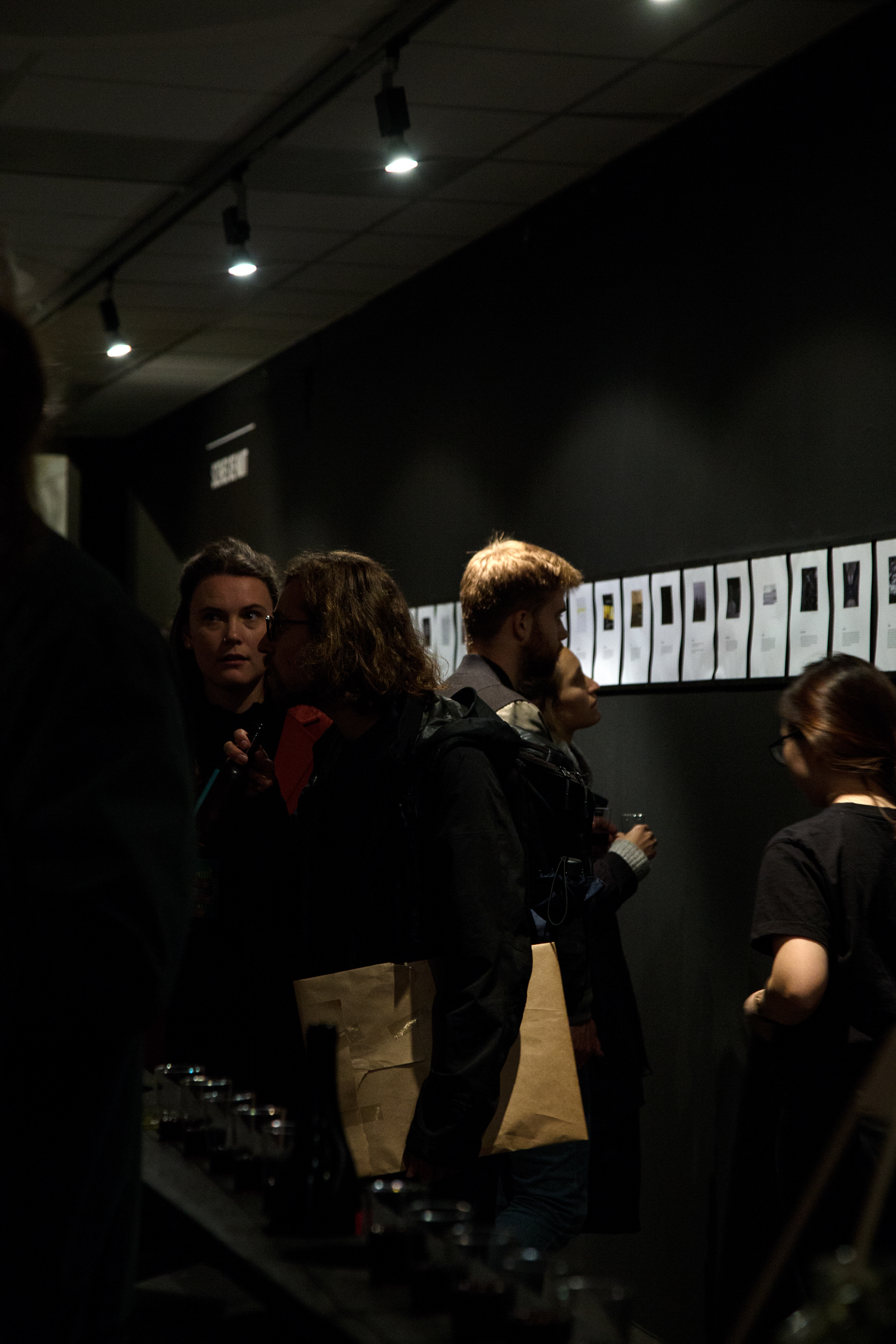
© HEAD – Genève, Jerlyn Heinzen

© HEAD – Genève, Jerlyn Heinzen
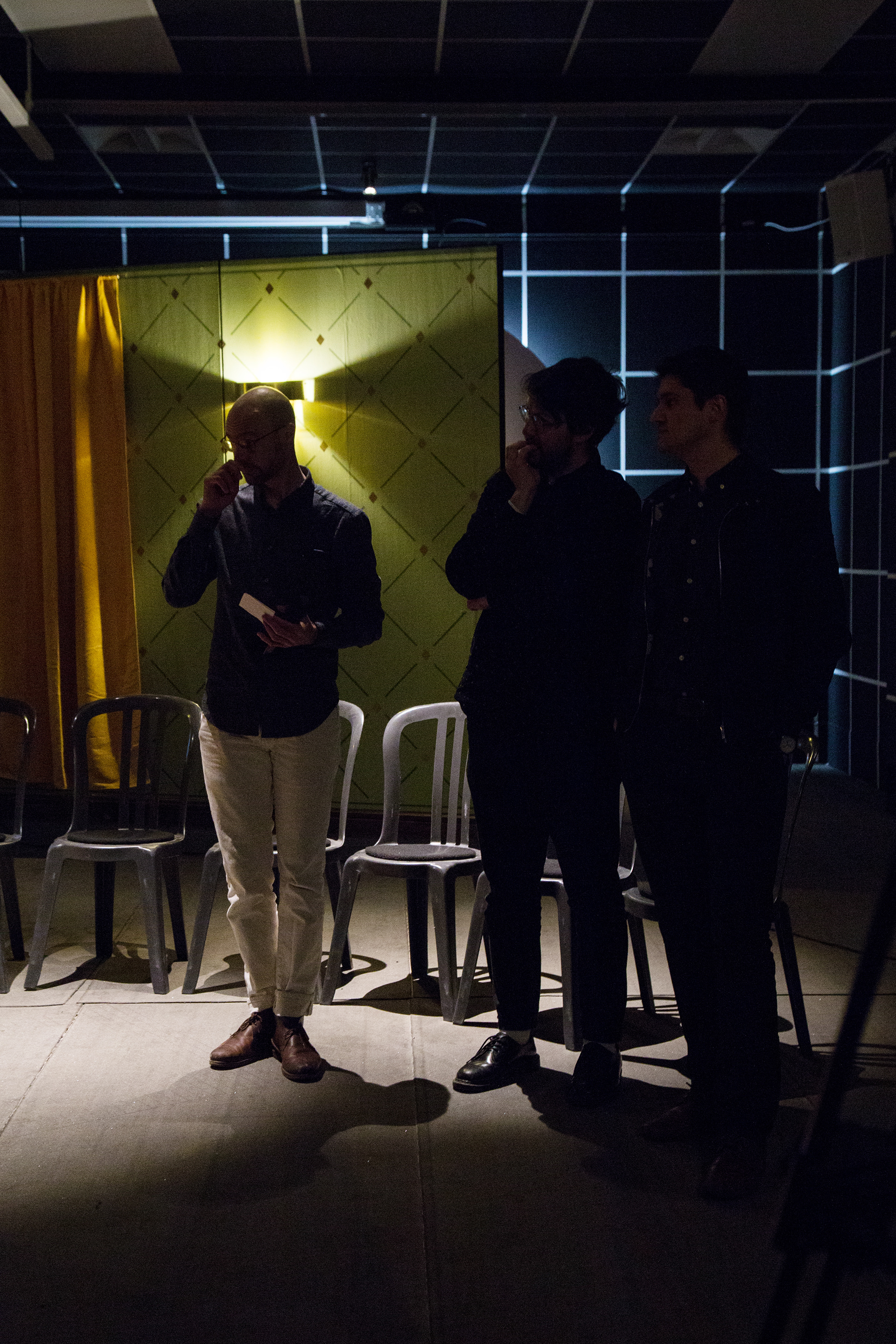
© HEAD – Genève, Jerlyn Heinzen
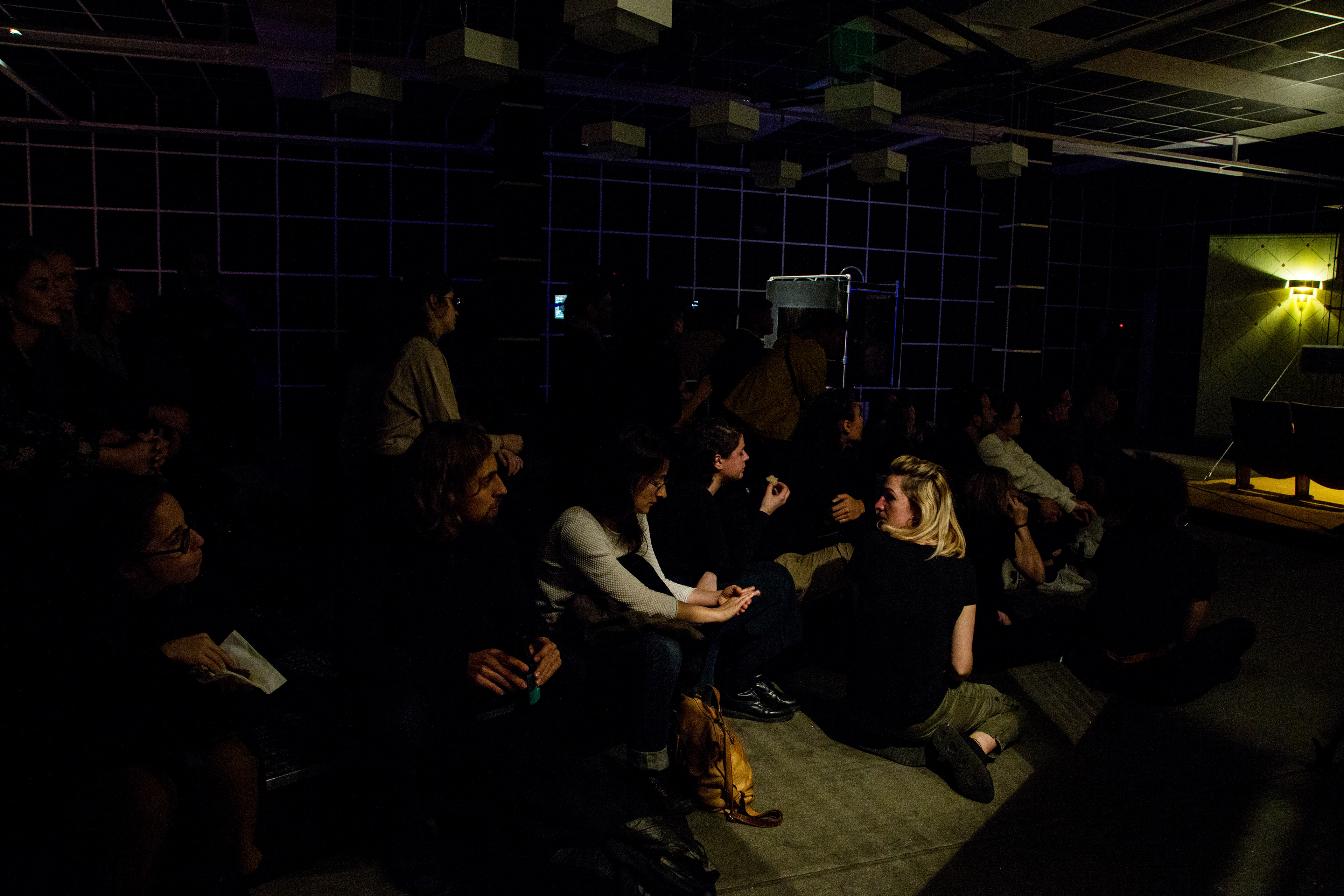
© HEAD – Genève, Jerlyn Heinzen
